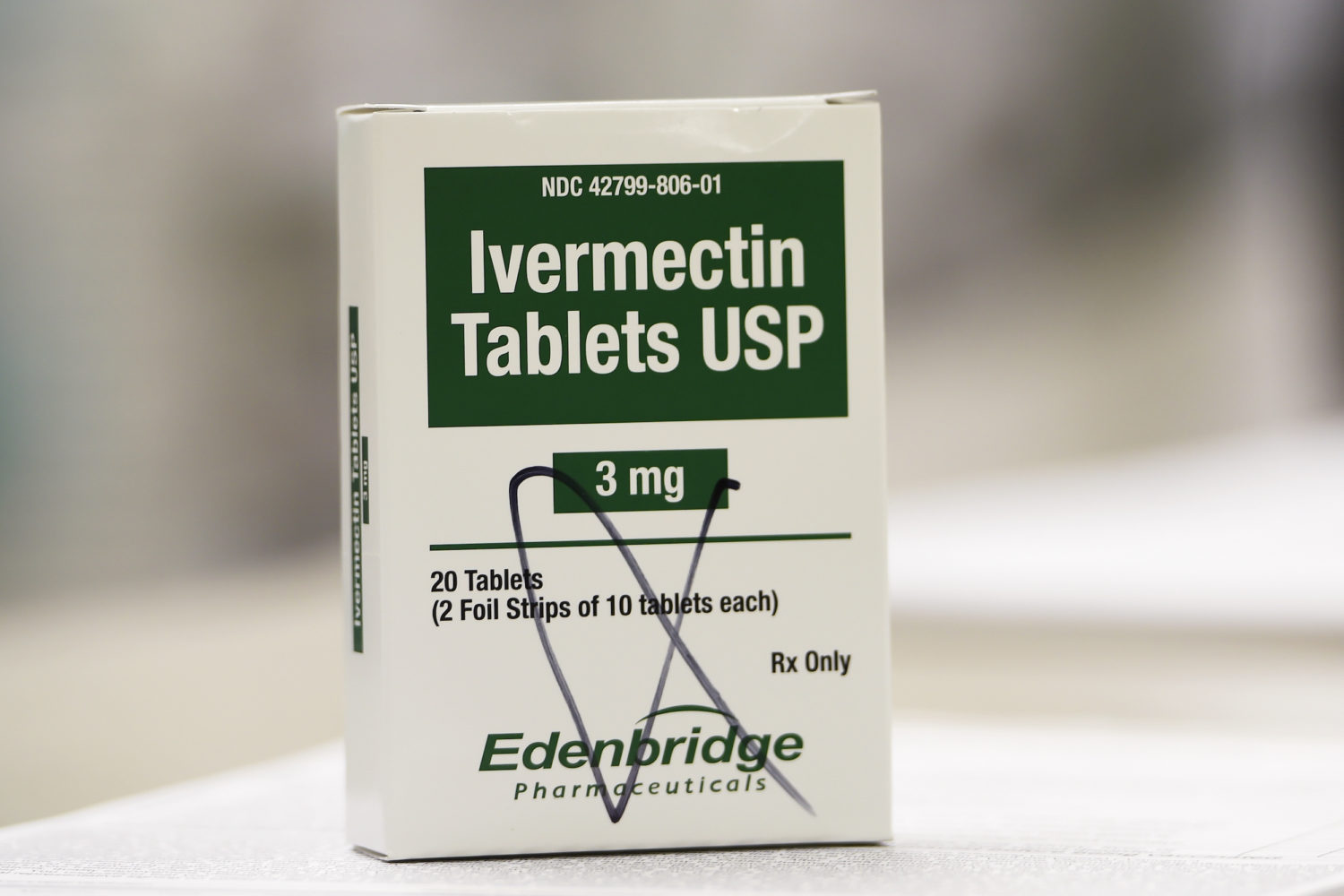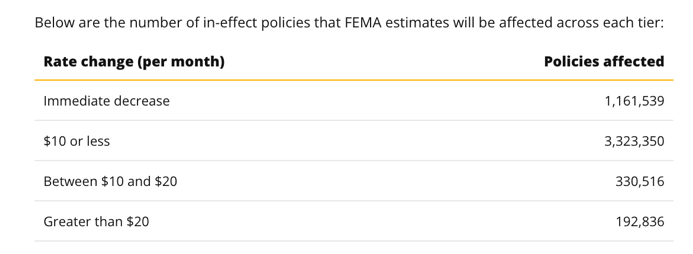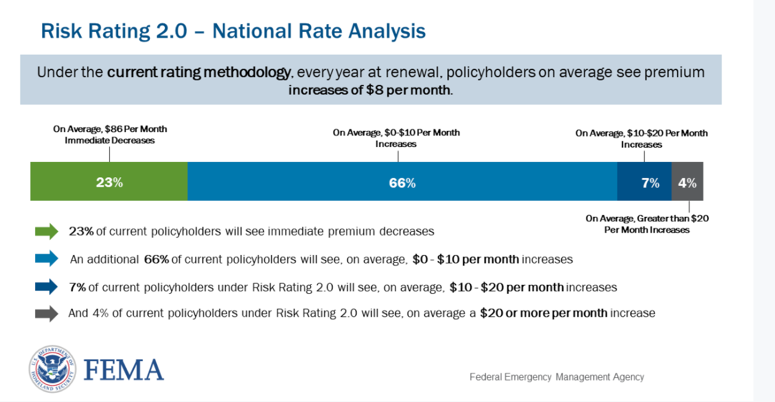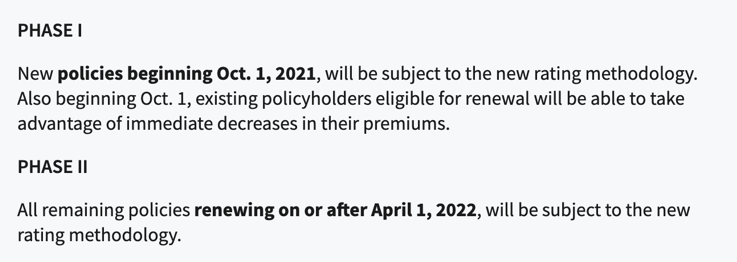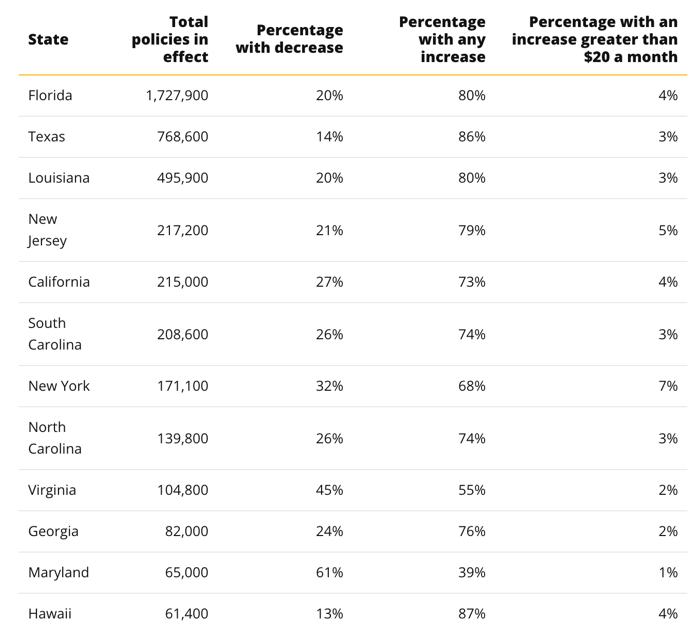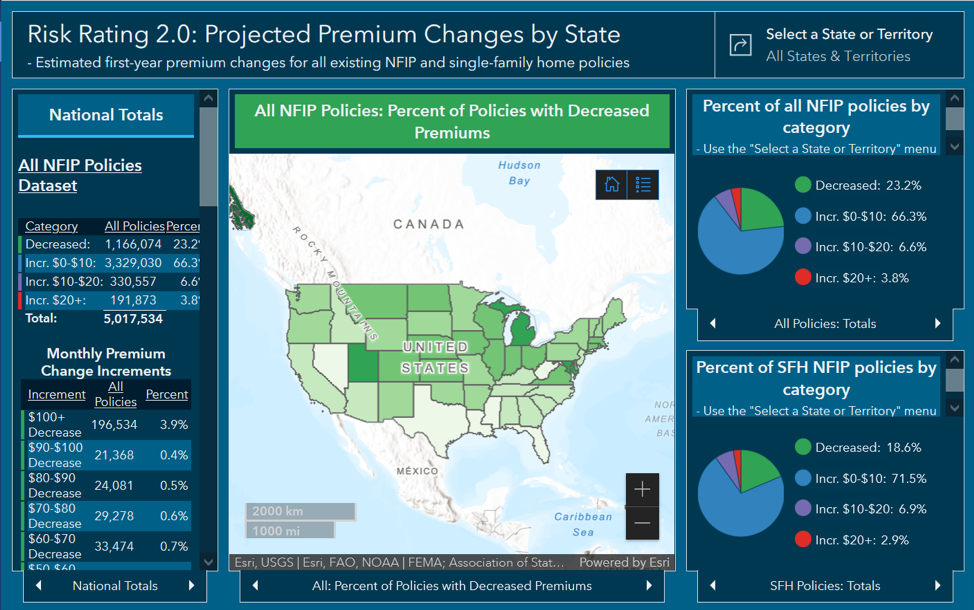 Covering COVID-19 is a daily Poynter briefing of story ideas about the coronavirus and other timely topics for journalists, written by senior faculty Al Tompkins. Sign up here to have it delivered to your inbox every weekday morning.
Covering COVID-19 is a daily Poynter briefing of story ideas about the coronavirus and other timely topics for journalists, written by senior faculty Al Tompkins. Sign up here to have it delivered to your inbox every weekday morning.
In Indiana, Ohio, Kentucky, Illinois, California, Delaware, Louisiana, New York and Texas, patients and their families have sued hospitals to force them to administer ivermectin, an antiparasitic drug, to COVID-19 patients.
The Centers for Disease Control and Prevention, Food and Drug Administration, the National Institutes of Health and the World Health Organization say the drug should not be used to treat COVID-19. Still, some people have turned to veterinary-strength doses with disastrous results.
Courts have ruled both for and against the plaintiffs in these cases.
In Ohio, a woman sued to force West Chester Hospital to administer ivermectin after her husband was placed in a medically induced coma. One judge sided with her and ordered the hospital to treat her husband with ivermectin for three weeks. Then, a different judge from the same county overruled the decision and the ivermectin treatment stopped.
In an Illinois case, a man told his wife he wanted ivermectin if he got sick. The hospital’s doctors said “administration of ivermectin will likely result in kidney and lung damage, which can lead to organ failure and death,” and the court refused to order the hospital to administer the drug.
In another Illinois case, a judge ordered a hospital to “get out of the way” and allow any board-certified doctor to administer the drug to a woman who was critically ill with COVID-19. The hospital said it asked 20 doctors and 19 other health care workers, including nurses and pharmacists, if they were willing to administer the drug. They all refused. The hospital eventually granted the patient’s physician access to deliver the treatment. The woman survived, but the hospital said in legal filings that the ivermectin had caused the patient’s heart rate to plunge. The patient’s family says it was not connected with the ivermectin.
A Kentucky judge was blunt while rejecting a family’s request to force a hospital to administer ivermectin to a Louisville-area man. The judge wrote that the court “only allows admission of scientific evidence based on sufficient facts or data.” And, the judge ruled, “Unfortunately, the Internet has no such rule. It is rife with the ramblings of persons who spout ill-conceived conclusions if not out-right falsehoods.”
FiveThirtyEight’s Maggie Koerth reports a deep dive into ivermectin:
These incidents mark a new era of the pandemic: As hospitals struggle under the weight of new COVID-19 cases, they are also being forced to fight this new battle spurred by an avalanche of fear and online misinformation. The infodemic has officially arrived in the ICU.
“I’ve never encountered this and I’ve been in practice over 40 years,” said Dr. Rodney Hood, who chairs the National Medical Association’s COVID-19 Task Force on Vaccines and Therapeutics.
It is worth pointing out that ivermectin is being investigated as a COVID-19 treatment but there has not been, so far, any good evidence that it is effective — especially when people ingest it in doses meant for livestock, which can be deadly. One big study that seemed to have some promise for ivermectin turned out to be based on false information.
The Daily Beast discovered that one law firm was behind many of the suits that attempted to force hospitals to administer ivermectin. Attorney Ralph Lorigo became what The Daily Beast called “the go-to guy” in these cases. The story includes this passage:
According to the lawyer, he’s expanded his small practice by two attorneys and spends all day working on ivermectin cases lately, citing dozens of studies that have been largely disputed or discredited by the medical community. He says he works closely with groups driving the ivermectin craze, like the Front Line COVID-19 Critical Care Alliance, a spokesperson for which did not respond to a request for comment for this story.
All the while, he argues, bafflingly, that a rig led by “Big Pharma” is purposefully putting the stop on the “truth” about ivermectin from getting out, because it is a generic drug with little profit incentive.
Thanks to COVID rules, Lorigo generally appears in courtrooms virtually to argue against the advice of doctors and hospitals. News stories highlighting his victories only increase his stature among the fringe, largely unvaccinated crowd worshipping ivermectin.
Hospitals, already strained by COVID-19 and staffing pressures, are caught in the legal crossfire over ivermectin. Bloomberg Law reports:
“When non-clinicians are actually determining the standards for the practice of medicine, it just raises concerns among the medical community as to whether the patients are receiving the gold standard of care,” Richard Roberson, general counsel and vice president for policy and state advocacy for the Mississippi Hospital Association, said in an interview. “You don’t want to violate the judge’s orders, but you also don’t want to render care that has not been approved by the scientific community and accepted as the appropriate treatment option.”
The courts are telling hospitals, “If there’s somebody on your medical staff who will do it, we order you to let that happen,” said Patrick Souter, a health-care attorney for Gray Reed.
Souter advises hospital clients to make a court order the treatment rather than agreeing to administer the drug voluntarily. That stance could afford a facility some protection in the chance that a patient’s family later alleges the hospital “deviated from the appropriate standards of care.”
For hospitals, the order then creates the possibility for a “damned if you do, damned if you don’t,” scenario, Roberson said. And right now, the demand for ivermectin treatment to help patients recover from Covid-19 is lower than the demand for treating patients who have misused the drug in Mississippi, he added.
School cafeterias getting squeezed by high prices and supply problems

A student waits in the cafeteria after eating breakfast, Tuesday, Aug. 10, 2021, during the first day of school at Washington Elementary School in Riviera Beach, Fla. (AP Photo/Wilfredo Lee)
Rising food prices are costing school lunch and breakfast programs a whole lot more. The Department of Agriculture is sending $1.5 billion more to school lunch programs to offset the sudden problems. CNN reports:
“We’re hearing from members that there is a rapid escalation in costs,” said Diane Pratt-Heavner, director of media relations at the School Nutrition Association, a nonprofit representing more than 50,000 school nutrition professionals.
About 97% of school meal program directors the group surveyed said they were concerned about continued supply chain disruptions. Some schools have been forced to make last-minute menu changes — often paying a higher price as a result — after finding out the distributor has run out of what they ordered.
Keep an eye out for schools attempting to substitute junk food for required healthy meals during this supply and price interruption. CNN says:
The USDA said it will grant waivers to states experiencing Covid-19-related supply chain disruptions that affect their ability to serve meals — including unanticipated cancellations of contracts and unexpected substitutions of foods by suppliers. It will not require states to take fiscal action for missing food or production records or for repeat violations involving milk and vegetable requirements.
The agency also urged states not to take action for repeat violations of the requirements for food quantities and whole grain-rich foods, as well as for violations of the dietary specifications for calories, saturated fat, sodium and trans fat. But states should also consider other options, such as emergency noncompetitive procurement contracts, purchasing cooperatively or buying smaller quantities through multiple local producers or small businesses, the agency said.
Has your school system applied for any of the zillions of school meal waivers listed here? Here is a state-by-state listing of the waivers states have applied for. A quick scan seems to show that mostly they are asking for waivers given to everyone.
Why are bacon prices hitting record highs?

Jeannie Kim’s popular bacon and eggs breakfast is seen outside her restaurant in San Francisco on Friday, July 30, 2021. She fears her breakfast-focused diner could be ruined within months by new rules that could make one of her top menu items — bacon — hard to get in California. (AP Photo/Eric Risberg)
Pork chop prices are up 7% from a year ago, but bacon prices are 28% higher than a year ago. Even adjusted for inflation, bacon prices have not been this high in 40 years. CNN has a deep dive into this story and it is interesting because it has so many layers, including consumer inflation, market dominance by a couple of meat packing companies, supply line problems, consumer overreaction and farmers caught in the middle.
When the pandemic began, people bought large amounts of stuff, including pork, at the same time that meatpackers shut down. Farmers had no way to sell their livestock and, horrifically, euthanized millions of pigs because the usual market chain could not handle more. Farmers replenished their livestock slowly so they would not get burned twice, which has created a supply and demand squeeze that drives up prices.
Pork farmers also have legislative battles ahead. California voters passed Proposition 12, which forbids out-of-state pork to be sold in that state if the pigs were not raised in states that comply with California farming regulations. Successful Farming explains why pork producers are asking the Supreme Court to step in:
Prop 12 requires hog farmers to provide 24 square feet of space for each of their sows to move about in, except for a few days before they give birth and for three weeks afterward, until their piglets are weaned. Almost all of the pork sold in California is raised in other states.
The cost of flood insurance goes up for many today, but how much?
We have known this was coming and now it gets real. People who choose to live oceanside, especially, are about to pay the price of luxury with steeply higher flood insurance rates that kick in Oct. 1. But let’s not overstate how many people will pay sky-high new rates. In fact, a fourth of policyholders will see a small reduction in premium costs.
The new flood insurance rates are no longer based on maps showing 100-year flood zones. Instead, they are based on the “real risk” of flooding posed by climate change.
While it is true that some people will see sharp increases, some will see lower premiums and most people won’t see much change at all. The New York Times zeros in on one Tampa Bay homeowner who currently pays $480 a year in flood insurance who is about to start paying rates that, over time, will reach $7,147.
- FEMA estimates about 3.8 million policyholders will pay more but 4% will see the highest rates (greater than $20 a month, or $240 a year) and a fraction of policyholders will see the huge jump, like the one that showed up in the Times’ story.
- FEMA estimates that 23% of existing policies across the 50 states and the District of Columbia will cost less. (So, 1.2 million policies will see costs decrease, more than 3.8 million will see rates increase.)
Let’s put this in perspective. How much will policies increase?
The new rates come in phases:
Since coastal states will see the biggest changes, let’s list what is in store for them:
ValuePenguin also lists key changes:
- Under FEMA’s Risk Rating 2.0 system, immediate cost reductions will be seen on nearly 1.2 million, or 23% of, flood insurance policies.
- The cost of flood insurance will increase on 3,846,702 policies, but the highest surges will affect only 192,836 of these policies — or 4% total.
- 86% of existing policies in Texas will cost more under FEMA’s new ratings, second to Hawaii (87%), with 3% of policies in Texas carrying the highest per-month markup.
- More than 8 in 10 existing flood insurance policies in Alaska will see immediate decreases because of Risk Rating 2.0. At least half the policies in the District of Columbia, Maryland, Michigan and Utah will have lower rates.
- In no state will 10% of policies carry price increases greater than $20 a month, or $240 a year. However, 9% of policies in Connecticut and Maine are affected by the higher rates. In Florida, Texas, Louisiana, New Jersey and New York, more than 10,000 policies will carry the highest rate hike.
- 68% of the counties among the 25% with the most flood insurance policies will see higher rates, while just 18% of these policies will decrease by more than $240 a year.
FEMA explains that this plan will make people pay for the real risk they are insuring. FEMA says:
Currently, policyholders with lower-valued homes are paying more than their share of the risk while policyholders with higher-valued homes are paying less than their share of the risk. Because Risk Rating 2.0 considers rebuilding costs, FEMA can equitably distribute premiums across all policyholders based on home value and a property’s unique flood risk.
I want to point you to some ground-level data to help you localize this story:
- County-Level Premium Change Analysis: Explanation of the numbers used in each state/territory’s county breakdown. Download county-level data for all states and territories.
- ZIP Code-Level Premium Change Analysis: Explanation of the numbers used in each state/territory’s ZIP code breakdown. Download ZIP code-level data for all states and territories.
- Try the new interactive map developed by the Association of State Floodplain Managers and The Pew Charitable Trusts that breaks down projected premium changes by state and territory.
- Take a deeper dive by reviewing ZIP code-level data for existing single-family homes and all existing National Flood Insurance Program policies.
We’ll be back Monday with a new edition of Covering COVID-19. Are you subscribed? Sign up here to get it delivered right to your inbox.

